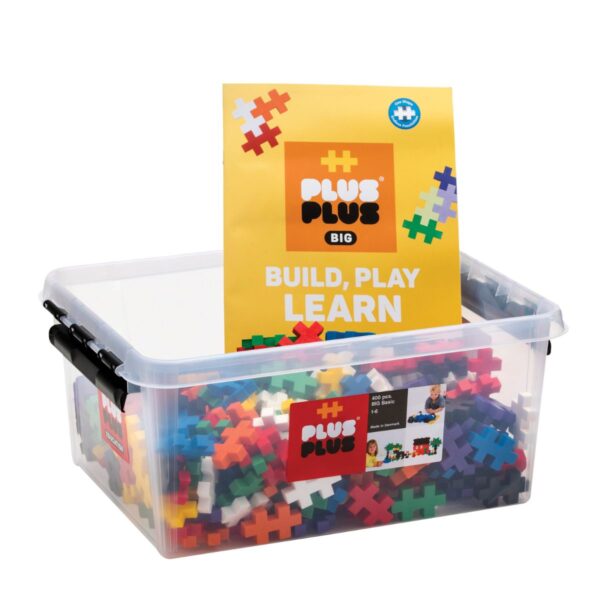Whether outside or inside, ignite your child’s curiosity and investigation with explorative play. Like, little pioneers, they discover themselves and the world around them through exploration. Find out how you can support the benefits of exploratory play.

Define Exploratory
First, let’s define exploratory. It means to search, discover, and learn more about something. Exploratory activities are a way to immerse your child in a variety of experiences and adventures. As one of the earliest forms of play, it involves using your child’s senses, such as taste, touch, and smell. Consequently, they often include their entire bodies in the process.
Second, play is FUN, spontaneous, and imaginative. It is where children are free to make their own choices and decisions. As a result, this free play is crucial to inviting your child to take risks and building their confidence.
Together, keeping the focus on play, exploratory play is about the process, NOT the end product. Also, linked to your child’s development, it encourages them to ask questions. Furthermore, it gives them the chance to explore their surroundings and discover the how and why of their world.
Supporting Children’s Play
Exploration thrives in an environment that reinforces trial and error, curiosity, and questioning. Therefore, your role is to provide age-appropriate materials and exploration opportunities. Even more important, add the right amount of support to reduce your child’s frustration.
The materials you provide are essential to your child’s inquiry, interaction, and learning. For that reason, Make it fun!
- Make available simple open-ended, exploratory toys like big building blocks to engage them.
- Invite messy, smelling, noisy, or yummy play that uses their senses.
- Inspire them to take things apart and put them back together.
Facilitate more exploration by playing alongside your child. Engage them in a variety of discovery experiences.
- For example, as they build with their blocks, you can discuss shapes, sizes, and patterns.
- Get them outside, exploring nature.
- Encourage their observation of colors, textures, and scents.
- Similarly, ask questions like what, how, and why?
When supported to explore without restrictions, your child will continue to inquire and learn about their world.
Benefits of Exploratory Play
- Resourcefulness | The ability to find and use resources to create a solution.
- Critical thinking skills | The ability to evaluate information and use reasonable judgment to solve problems.
- Problem-solving skills | The ability to use one’s imagination and logic to find a solution.
- Increased self-esteem | Increasing one’s value and self-worth, for example, “Knowing I am loved.”
- Increased self-confidence | Building trust in your own abilities, for example, “Knowing I can do this.“
- Early childhood cognitive development | Involves skill-building such as counting, vocabulary, and language development.
Exploratory Play Examples
- Cooking
- Outdoor nature walks
- Completing an obstacle course
- Building and taking things apart
- Exploring new surroundings indoors or out

These play blocks not only promote exploratory play, but they inspire creative building. So, grab some building toys for toddlers and get your child exploring!
